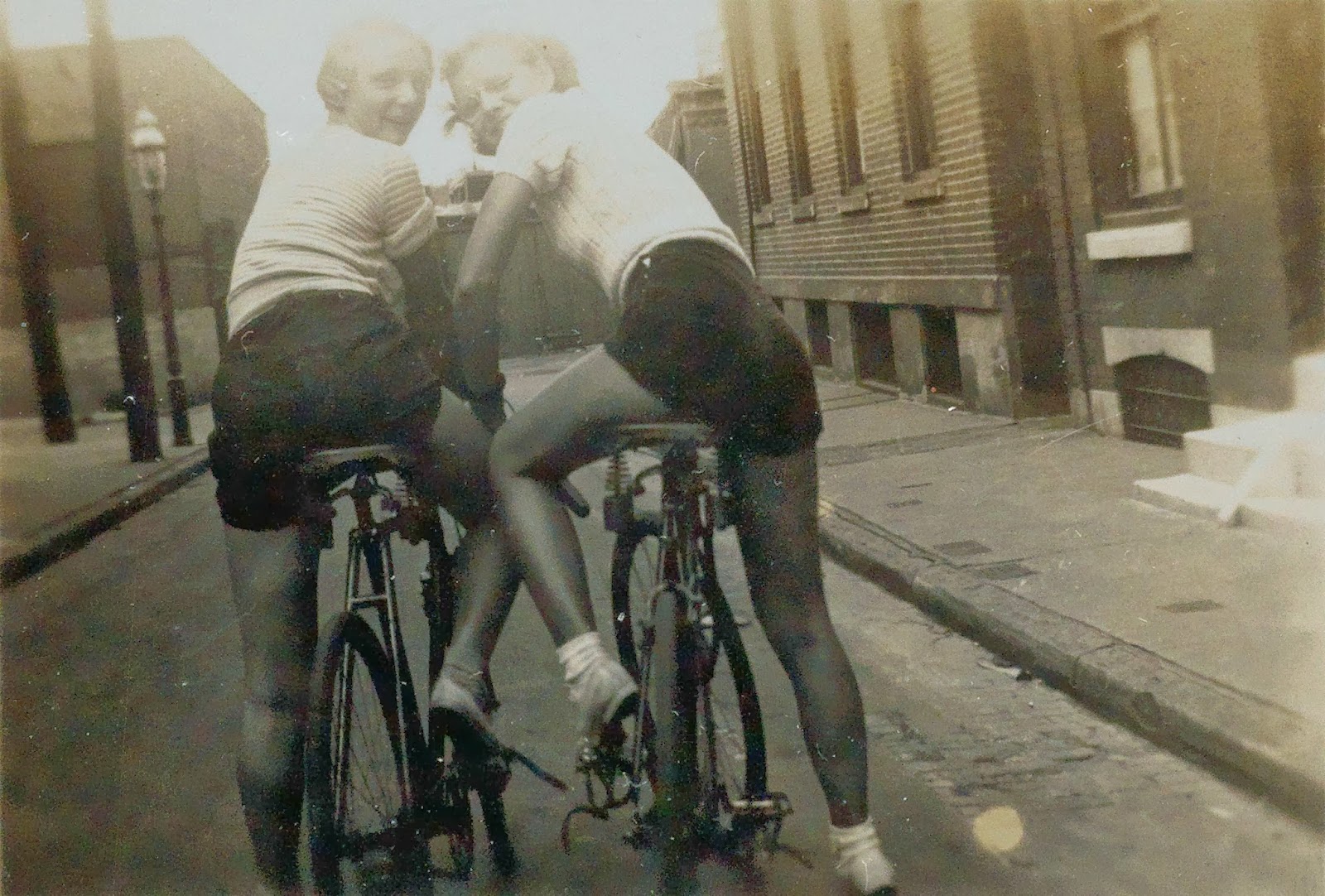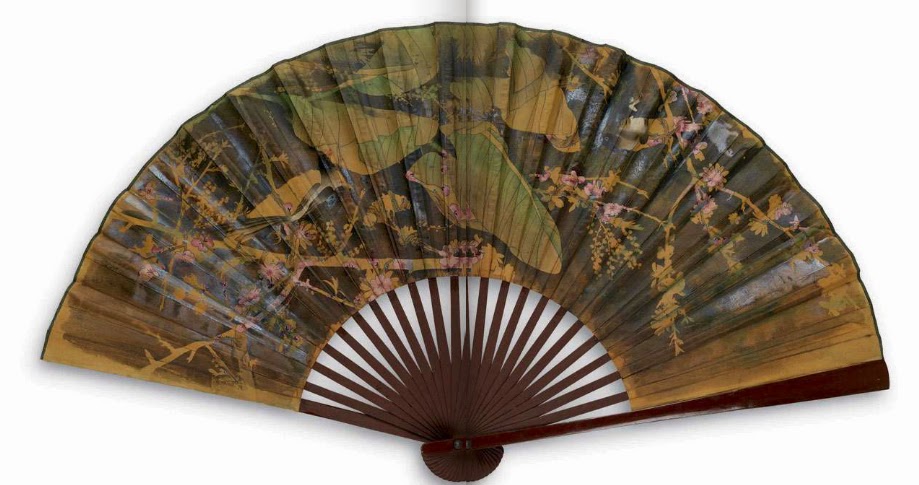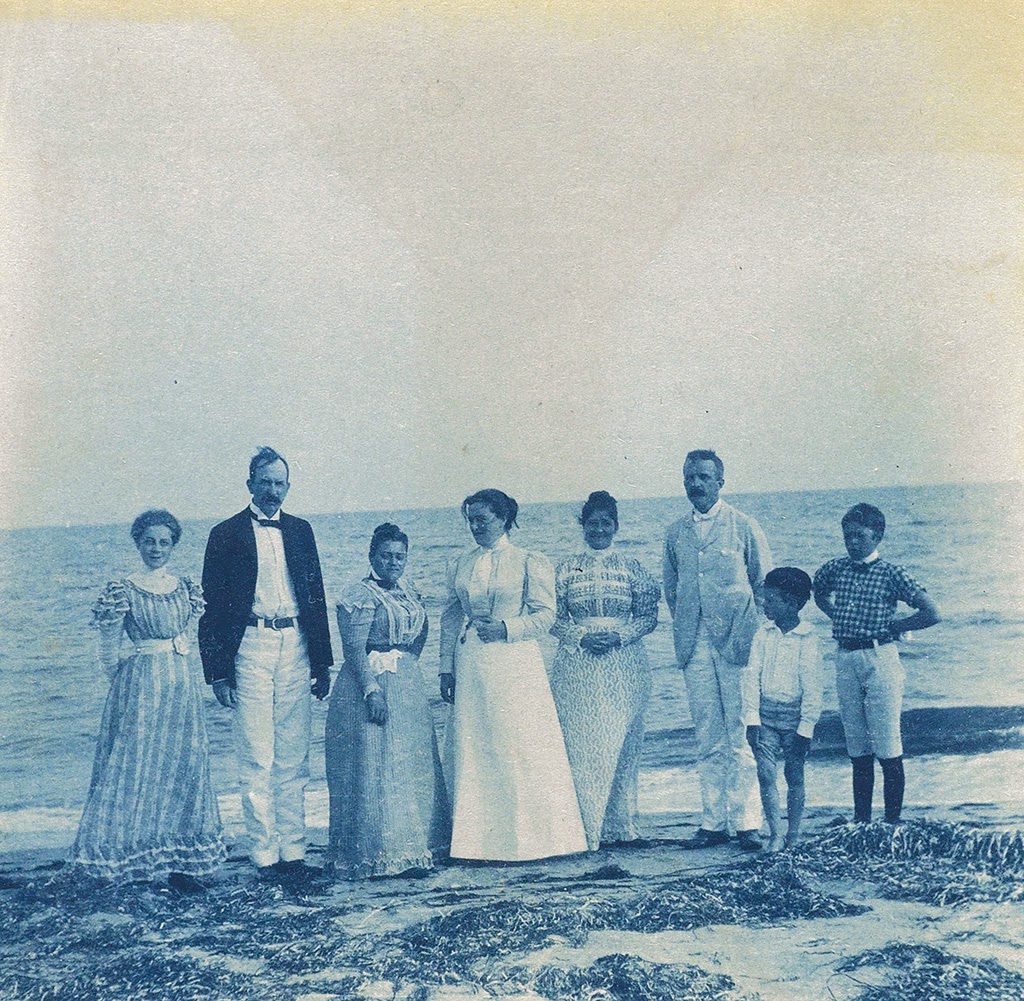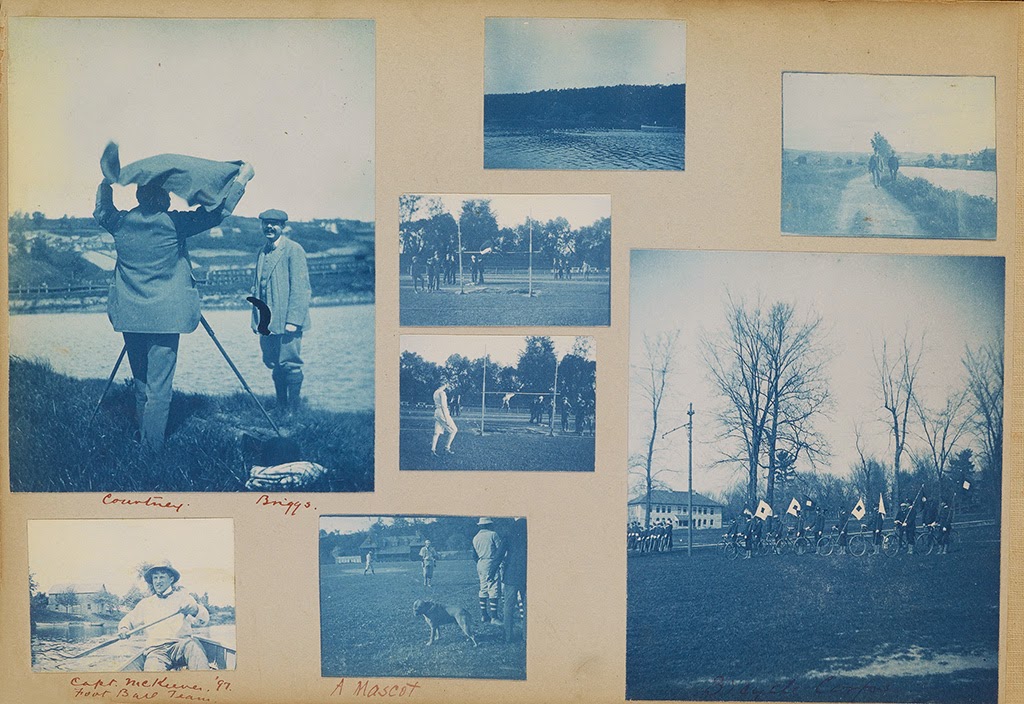The name Alphonse Mucha is synonymous with extravagant Art Nouveau depictions of beautiful women. And, while he is known for his posters advertising the talents of actresses such as Sarah Bernhardt or for JOB rolling papers, he also produced elaborate decorative panels--collectible works of art, rather than billboards.
These popular bell epoch lithographs were produced on a number of themes, such as the seasons and the zodiac.
The lot with the highest pre-sale estimate in today's auction of Vintage Posters is a set of four decorative panels by Mucha depicting the Times of the Day. These are: Morning Awakening, Daytime Dash, Evening Reverie and Nightly Rest. Poster experts have said that, "the borders are worked out in such an exquisite pattern that each picture appears to be mounted in an elaborate frame of its own, or else seen through a decorated window." In fact, each panel has identical borders, lending the set a cohesiveness, while at the same time Mucha brilliantly adds a flourish of different floral patterns behind each border.
Once an affordable way to own a lovely work of art by the Art Nouveau master, decorative panels can now fetch a pretty penny. Times of the Day is estimated at $50,000 to $75,000.
These popular bell epoch lithographs were produced on a number of themes, such as the seasons and the zodiac.
The lot with the highest pre-sale estimate in today's auction of Vintage Posters is a set of four decorative panels by Mucha depicting the Times of the Day. These are: Morning Awakening, Daytime Dash, Evening Reverie and Nightly Rest. Poster experts have said that, "the borders are worked out in such an exquisite pattern that each picture appears to be mounted in an elaborate frame of its own, or else seen through a decorated window." In fact, each panel has identical borders, lending the set a cohesiveness, while at the same time Mucha brilliantly adds a flourish of different floral patterns behind each border.
Once an affordable way to own a lovely work of art by the Art Nouveau master, decorative panels can now fetch a pretty penny. Times of the Day is estimated at $50,000 to $75,000.





































































